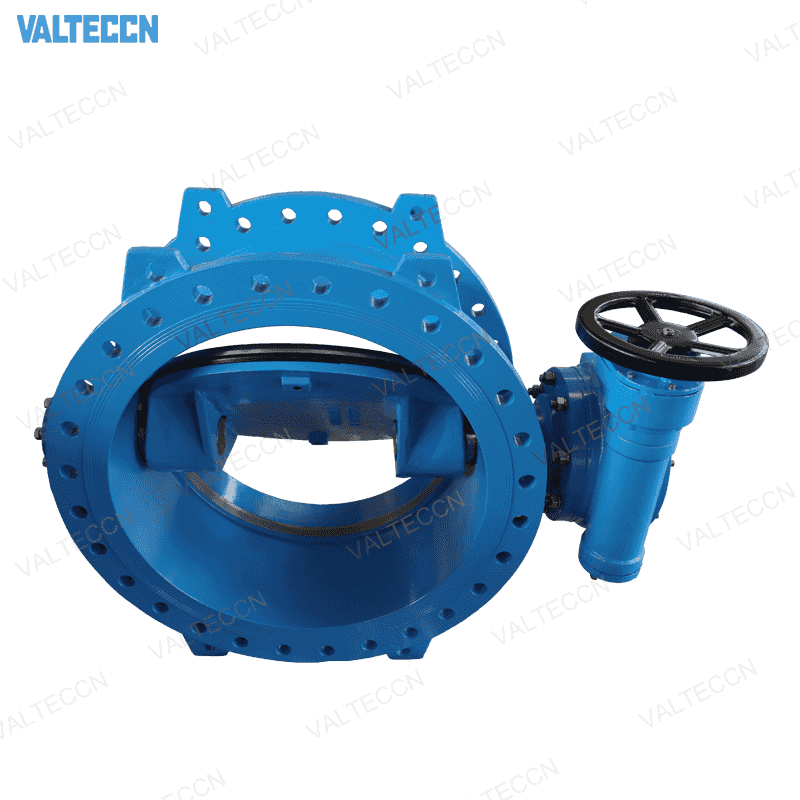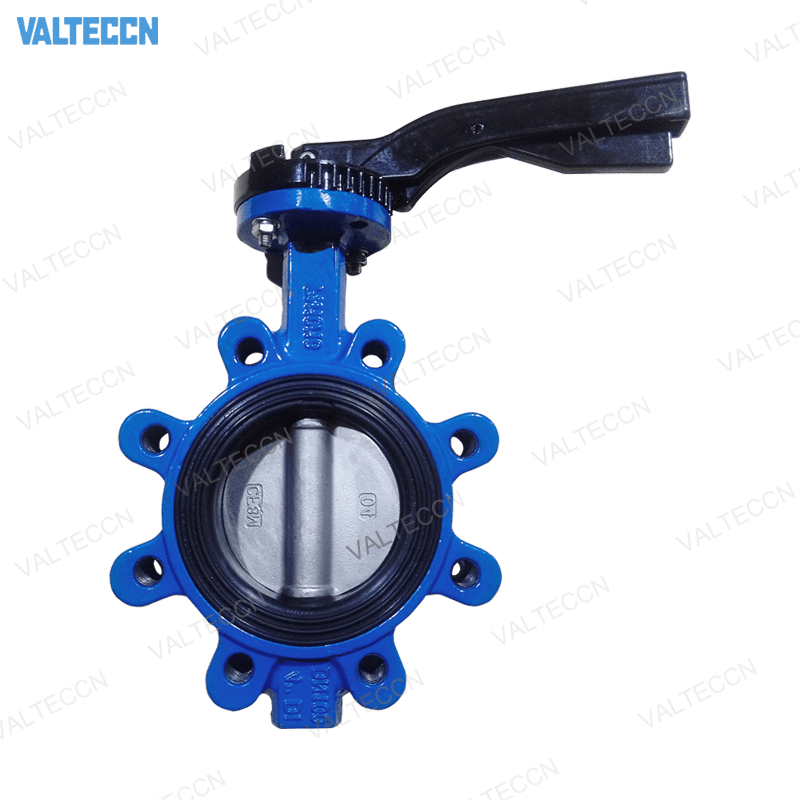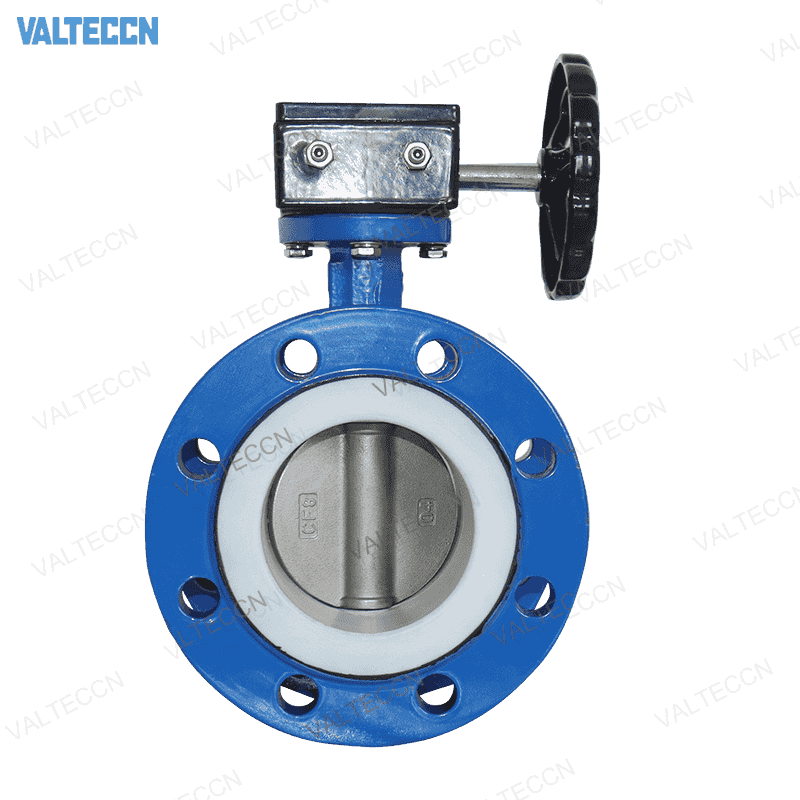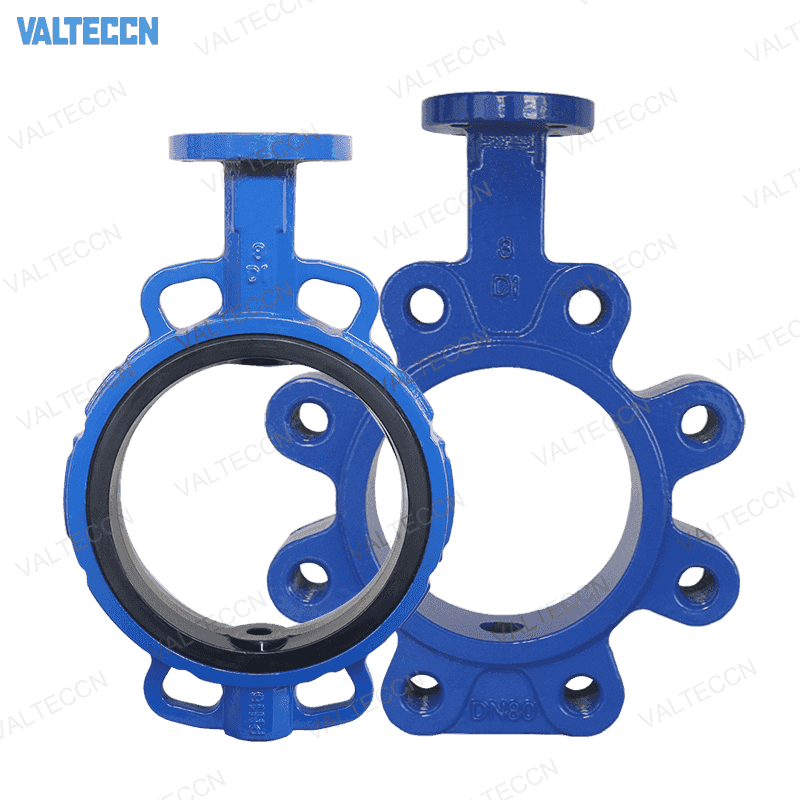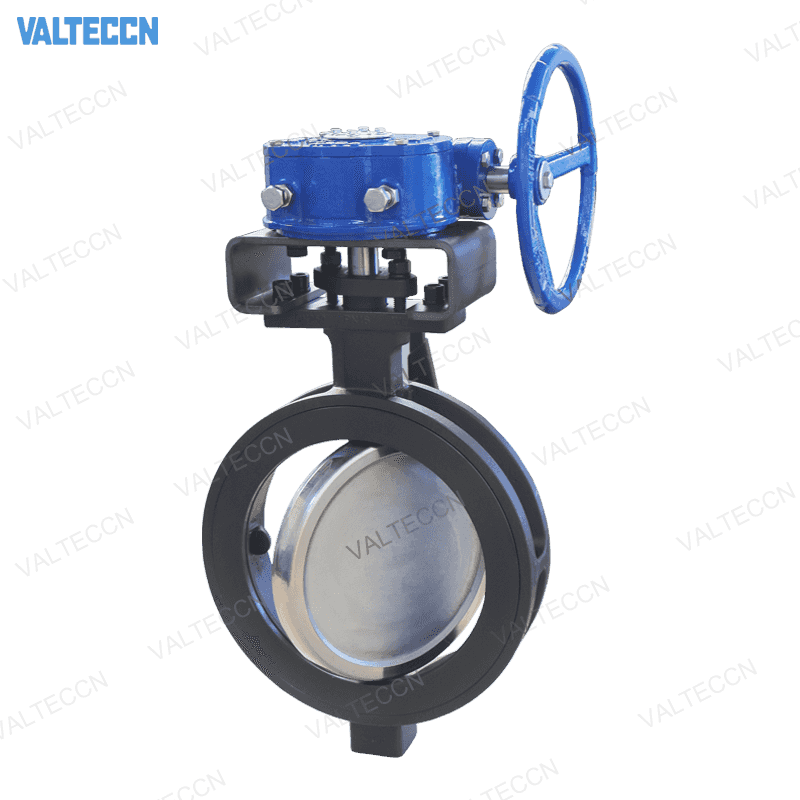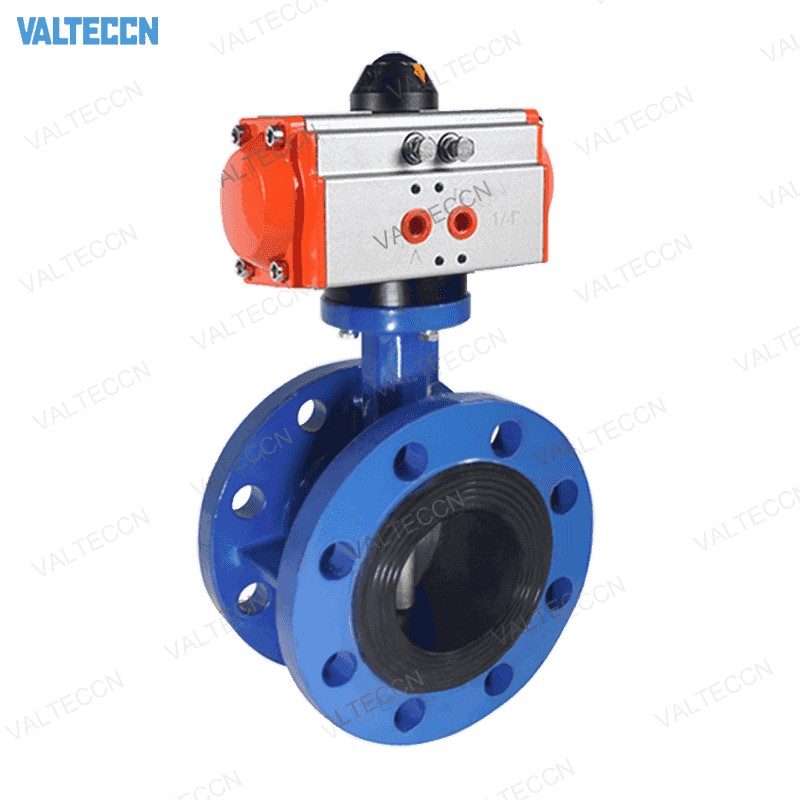Soft back and hard back butterfly valve introduction
The rubber seat of the soft seal butterfly valve can be divided into hard back rubber seat and soft back rubber seat, both of which can achieve zero leakage. In terms of price, the hard back seat will be cheaper.
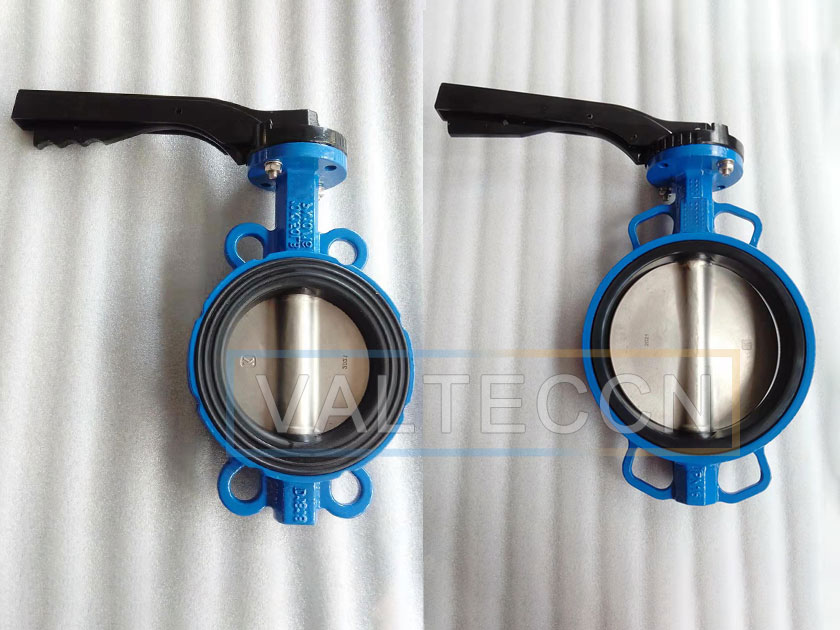
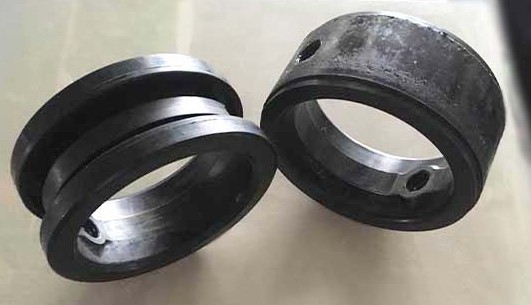
The difference between hard back rubber seat and soft back rubber seat of butterfly valve:
The valve seat of the hard backrest is pressed on the valve body with abrasive tools, which is not easy to replace by itself. Moreover, the edge of the valve seat of the hard backrest is thinner, and the materials used are also inferior materials, which cannot be recycled.
The valve seat of the soft backrest is manufactured according to the model, and it is convenient to replace it by yourself, which saves the cost for the enterprise. The edge of the valve seat of the soft backrest is wider, and non-special flanges can be used when the pipe is connected to the valve, and the sealing performance is as good as that of the special flange connection. The selected rubber material is also a new type of wear-resistant rubber, which can be recycled after damage, saving resources.
In terms of the service life of the rubber valve seat, the service life of the soft back valve seat is longer than that of the hard back valve seat, and the soft back valve seat belongs to the large wide side structure. During the long-term operation of the valve, the shaft end of the valve seat is worn. After the shaft end of the valve seat leaks water, the water on the hard back of the valve seat directly seeps outside the valve body, resulting in external leakage. But this will not happen with the soft backrest.
The material properties that should be considered when selecting a soft seal valve seat are:
- Fluid compatibility, including swelling, loss of hardness, permeability, degradation;
- hardness;
- permanent deformation;
- the degree of recovery after load elimination;
- Lazhong and compressive strength;
- deformation before rupture;
- Modulus of elasticity.
Corrosion and temperature resistance selection table for soft seal butterfly valve:
| Material | Applicable temperature | Medium and Applicability | Feature | |||||||||||
| freshwater | seawater | strong base | weak base | strong acid | weak acid | alcohol | air | steam | oil | food | ||||
| Seal | NBR | -23℃~93℃ | A | A | B | A | D | B | C | A | D | A | B | Oil resistant |
| EPDM | -46℃~135℃ | A | A | A | A | C | A | B | A | A | C | A | Anti-aging | |
| NR | -20℃~85℃ | A | A | A | A | C | B | C | A | B | B | B | High elasticity | |
| CR | -29℃~99℃ | A | B | A | A | D | C | C | A | D | D | B | Wear-resistant, anti-aging | |
| SI | -55℃~180℃ | A | B | D | B | D | B | B | A | A | C | C | High temperature resistance | |
| FPM | -23℃~200℃ | A | A | C | A | C | A | C | A | A | A | A | Anti-corrosion, high temperature resistance | |
| PTFE | -20℃~180℃ | A | A | A | A | A | A | A | A | A | A | A | Anti-corrosion and chemical media | |
Bidirectional Soft Seal Flange Butterfly Valve for Seawater
Small Size Dn50 (2 Inch) PTFE Lined Butterfly Valve
Why does a certified resilient seated butterfly valve still leak after installation?
China DN600(24 Inch) Wafer Butterfly Valve PTFE Seat
Class 150# Lug Butterfly Valves are Exported to Italy
Double Flanged Butterfly Valve Lever Handle Sold to Hong Kong
WRAS Lugged Butterfly Valve, EPDM Coating sold to South Africa
Vietnam Valve Distributors Purchase Butterfly Valves for Stocking
A Batch of Resilient Seated Butterfly Valves are Exported to Poland
